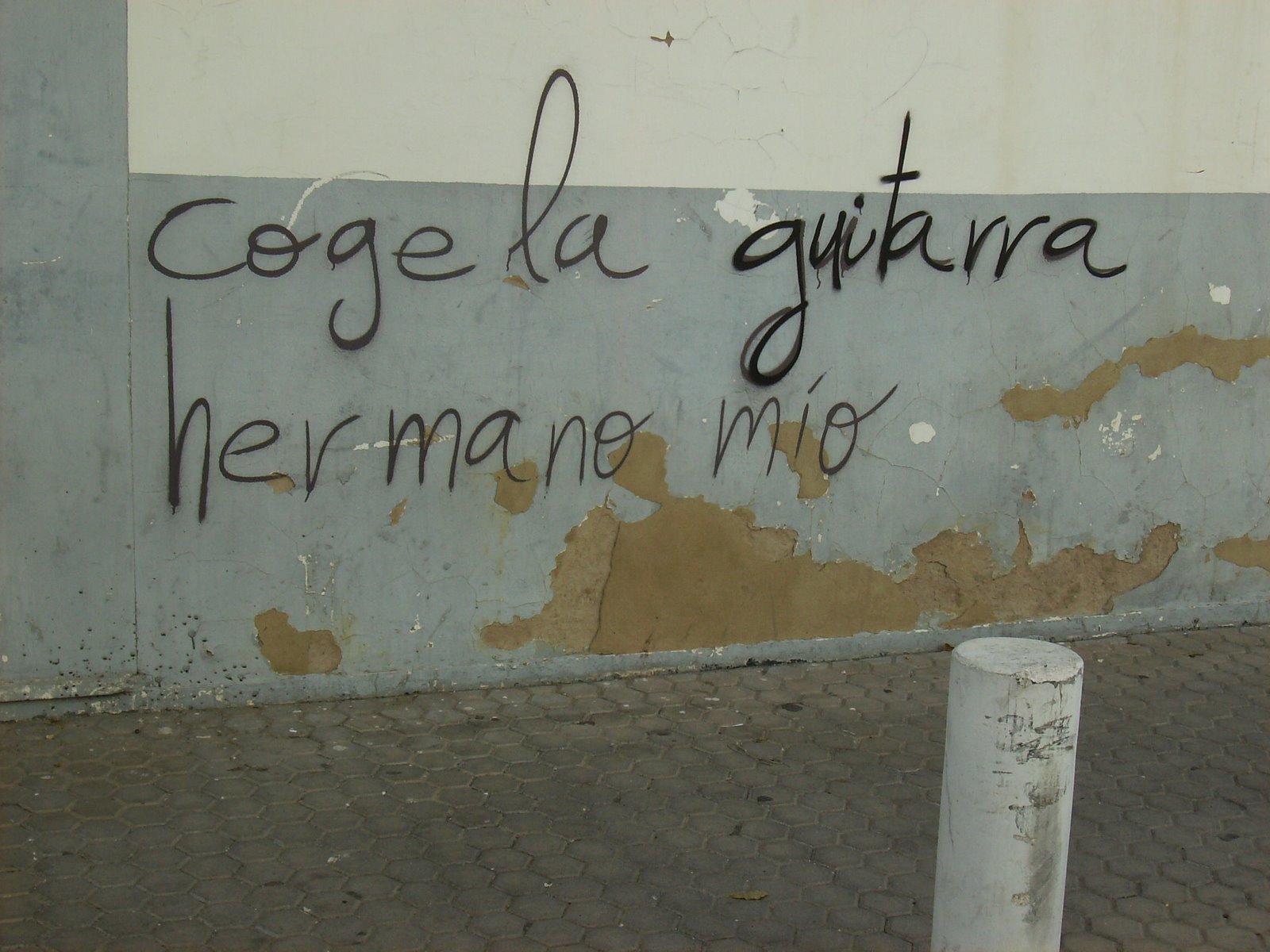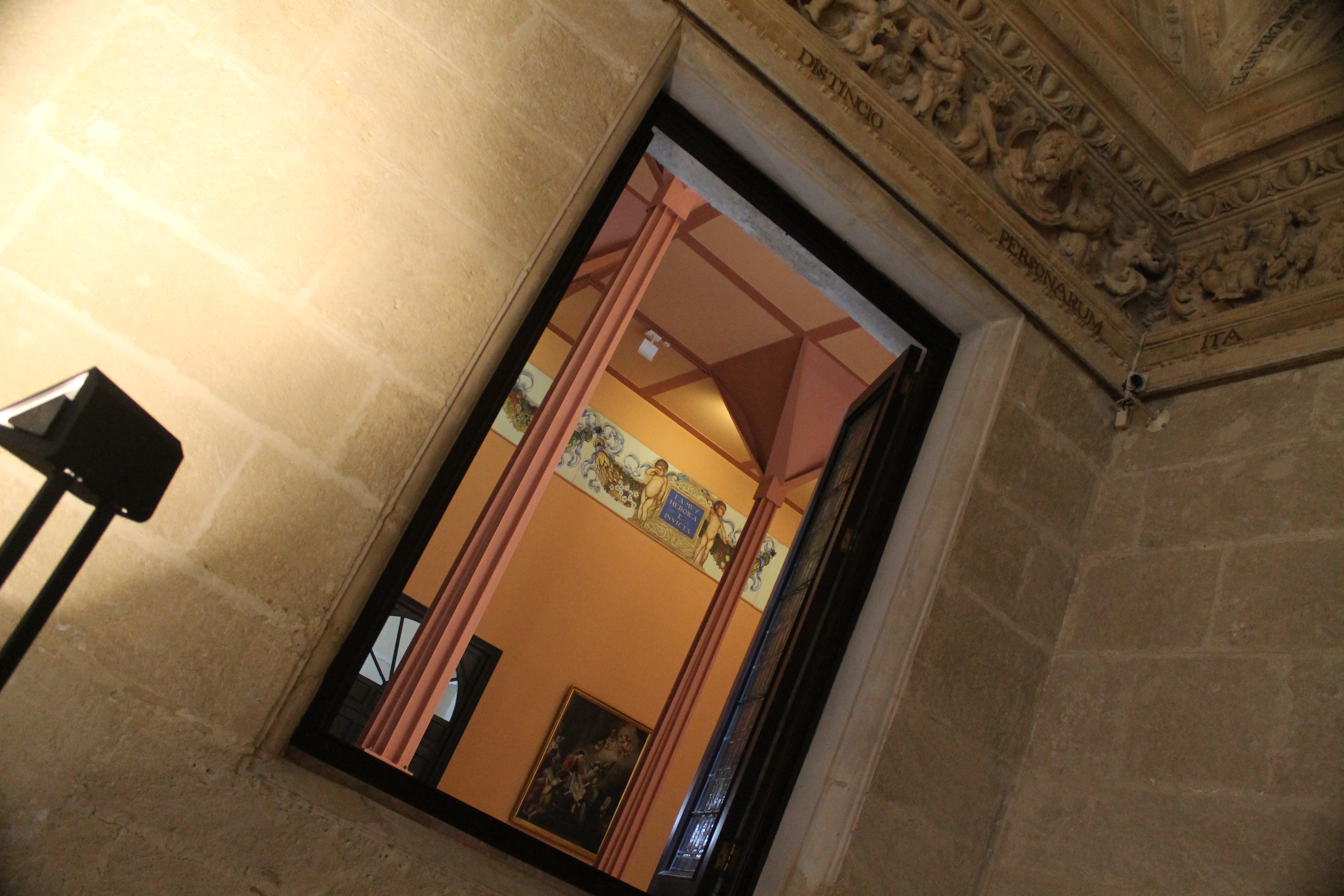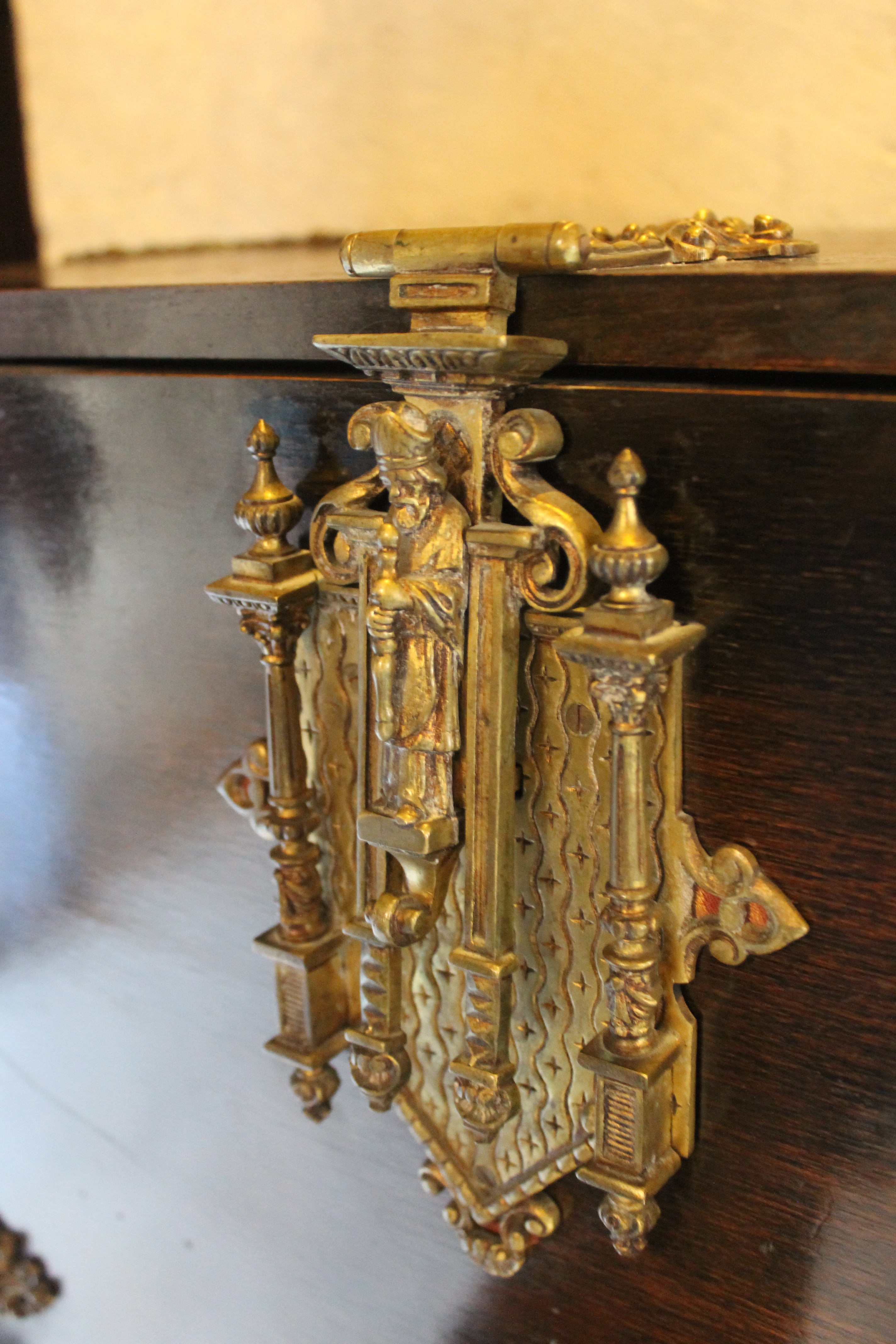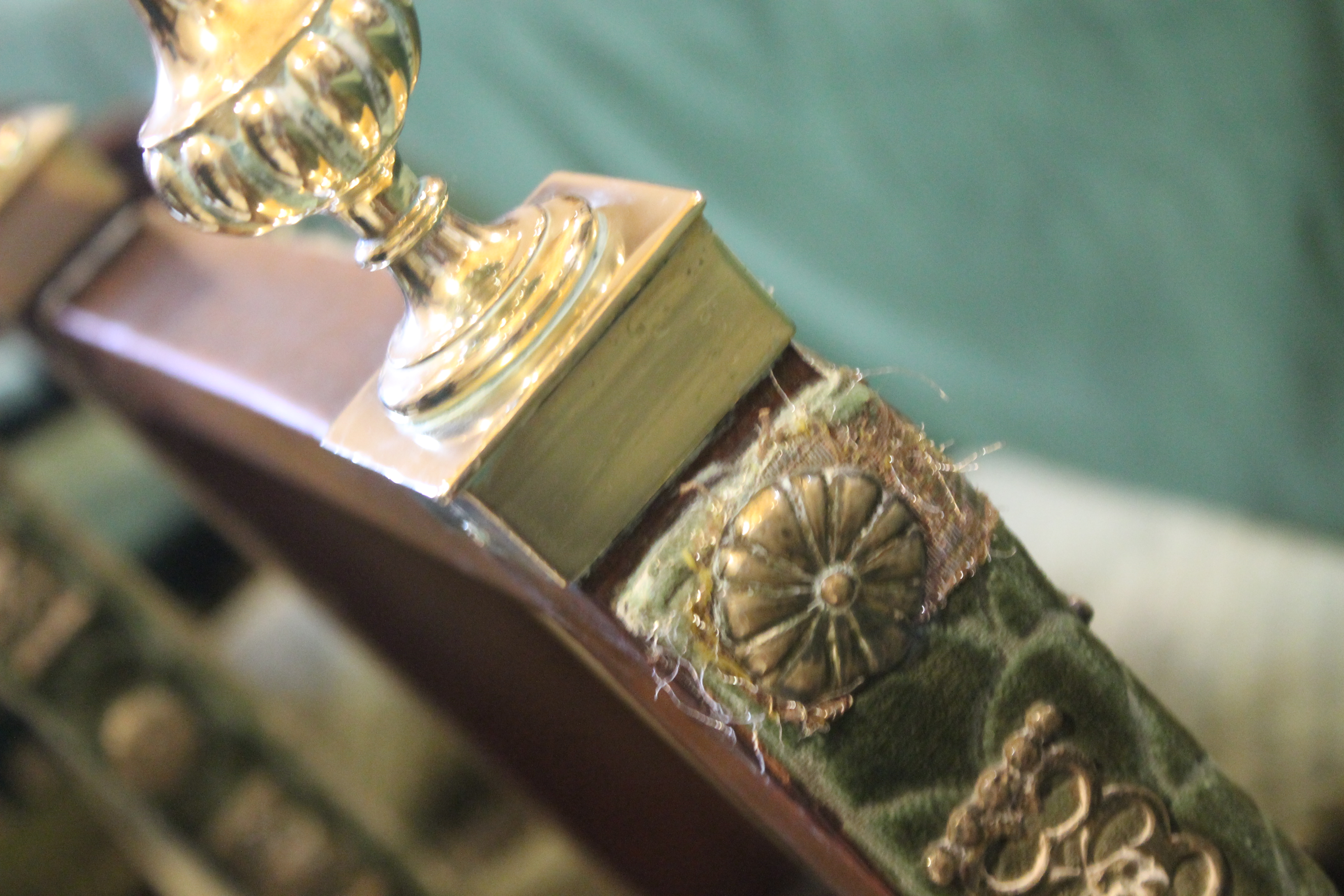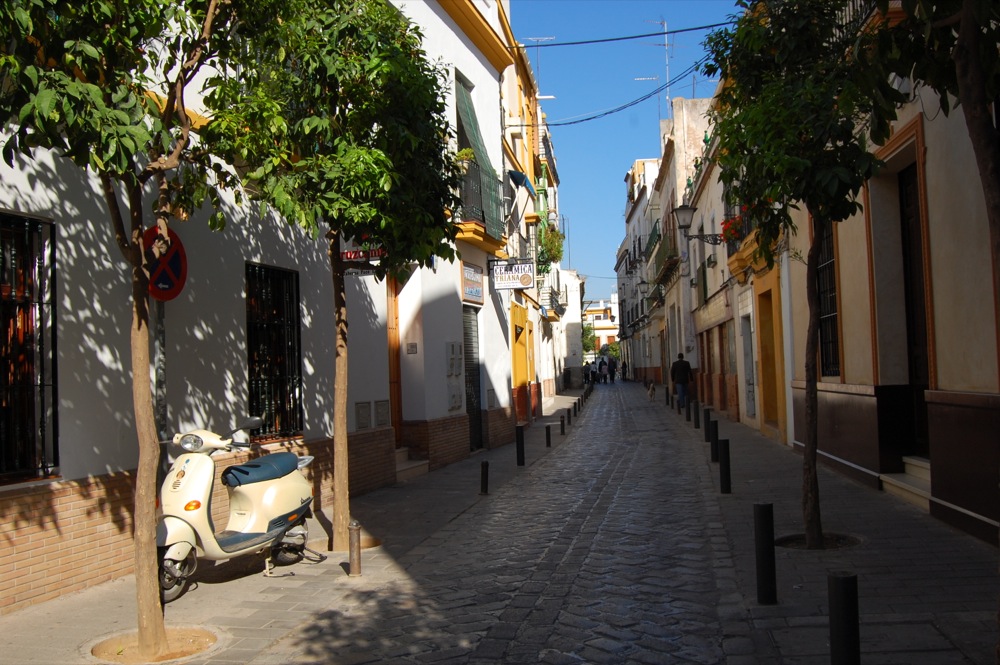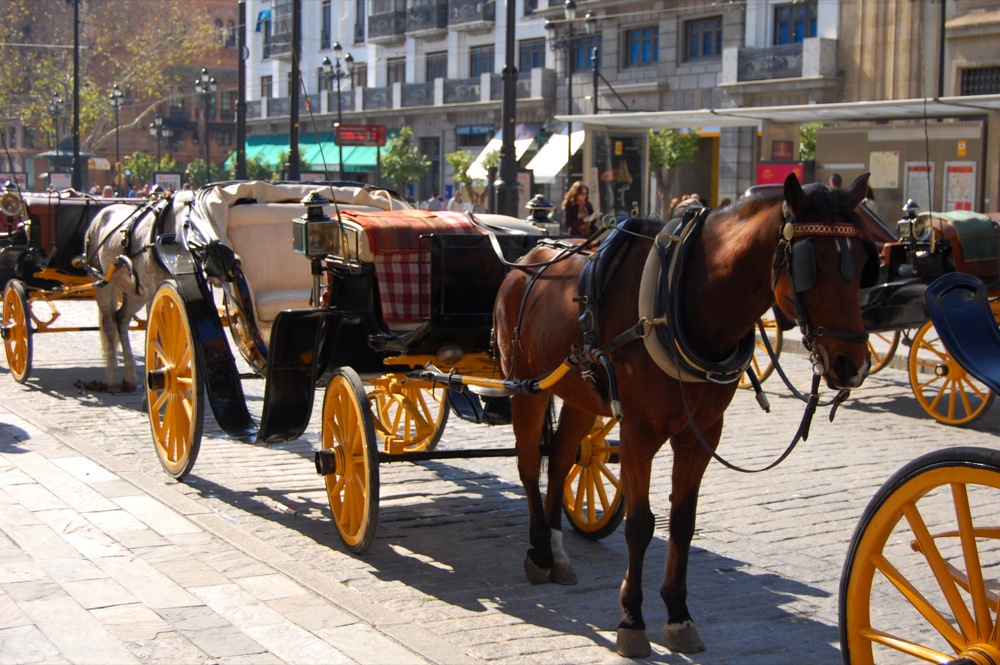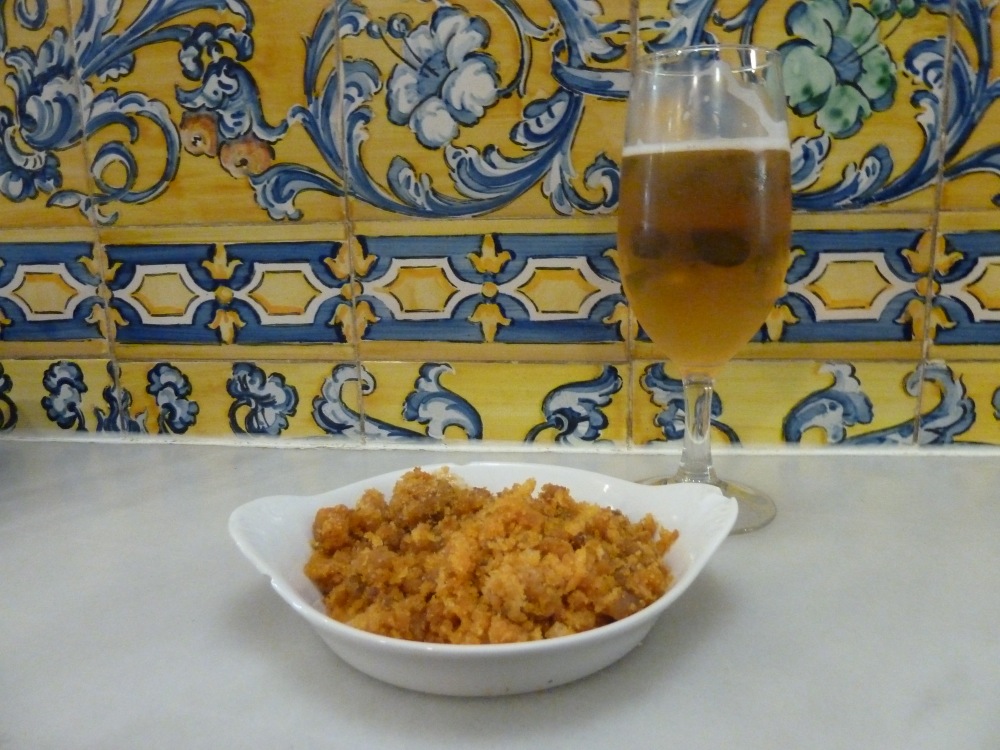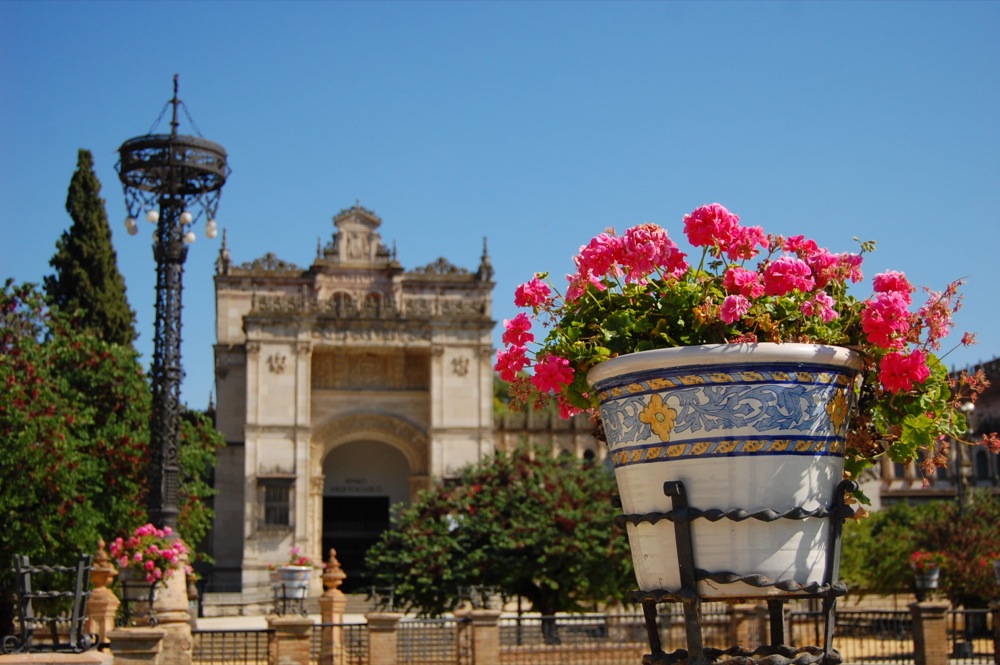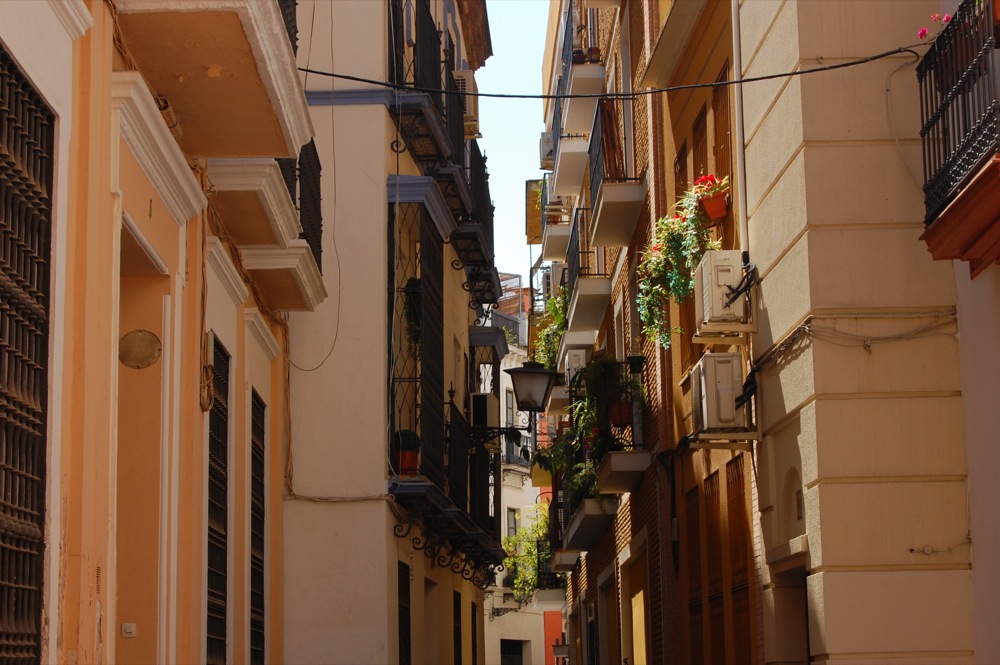In working on an article for The Spain Scoop, I paid a visit to the Seville Tourism Board’s website. On the main page, to coincide with the World’s Fair in Seville’s 20th anniversary, the board proposes 92 reasons to visit Seville.
Among my favorites are things I enjoy about living here, like 88 (eat a montaíto de pringá), 74 (buy a flamenco dress), 55 (eat el jamón bueno bueno) and 58 (sleep a siesta). Then I remember the insane amount that I still have before me to do, like visit Doñana National Park, spot the Duquesa de Alba, see the Derbi between Mi Betí and Sevilla FC, walk el Rocío to Almonte.
I do think they gave up towards the end, as the last reason is, because you feel like it. So, so sevillano of you, VisitaSevilla. But who really needs to list 92 things to do in and around this glorious city whose history stretches back over 2000 years, whose sunsets are breathtaking and whose cuisine is tó lo bueno. Seville is more about feeling it and living it than seeing it.
Take a look, and tell me what’s on your Seville itinerary, or the reasons you’ve been here before. The Tourism Office hooked me up with this year’s Fiestas de la Primavera poster, and it can be yours if you’re chosen!
